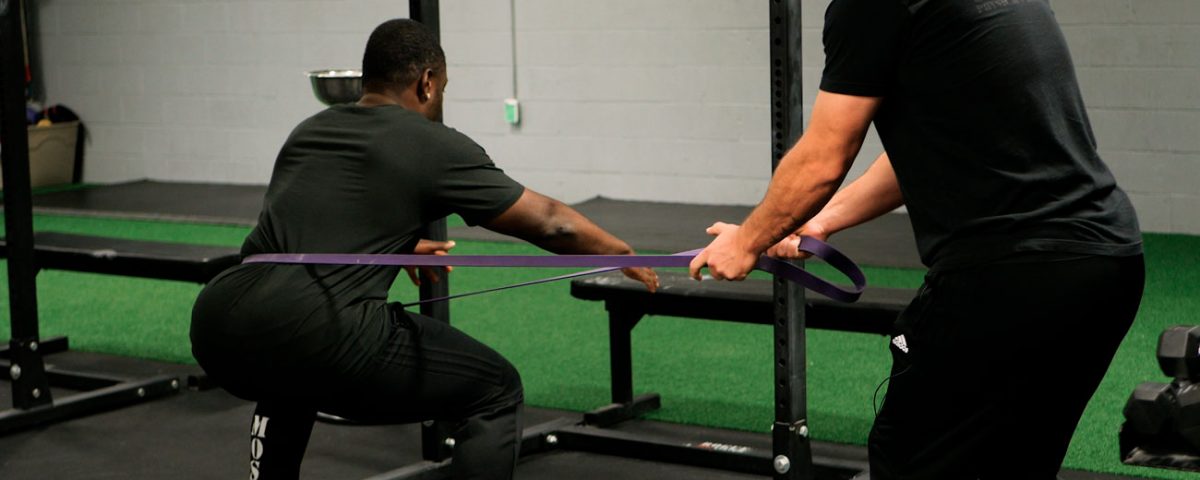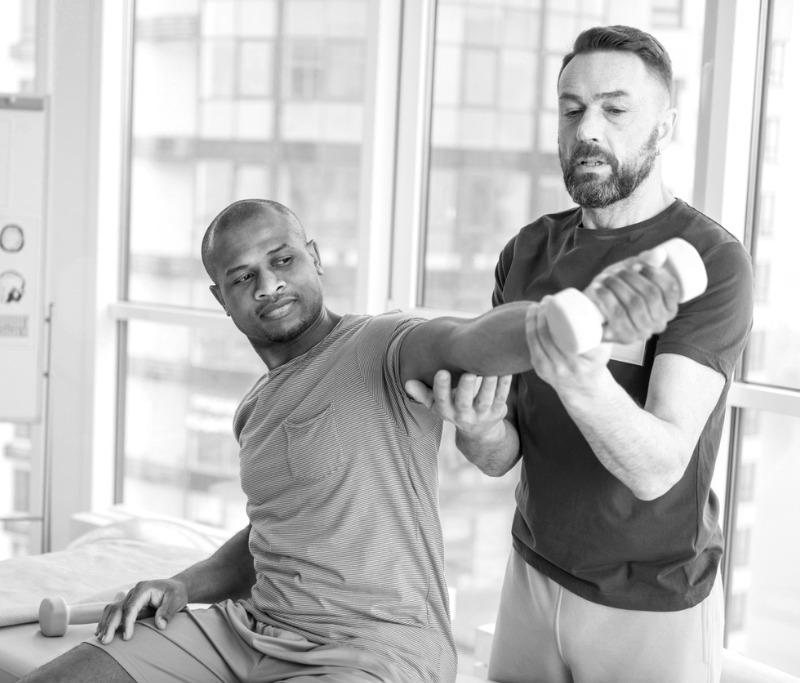
Sense to Nutrition
October 30, 2018The Importance of Eyes on Coaching

“…the main guide in sport specific strength training is technique. This means a great deal of attention must be paid to the way in which strength training exercises are performed. It also raises questions about the habit of allowing the training to be done in accordance with a printed paper plan, without a coach having to be present.” (Bosch 2015, p.56)
I read this quote a few months ago and it resonated with me as it is in line with my thoughts on “remote coaching” (revealing my bias in this post). Anyone who knows me knows my thoughts on “remote coaching”. For those who don’t, let me clarify. For starters, “remote coaching” is not coaching, it is programming. The coaching process involves so much more than writing things on a piece of paper and sending it to an athlete. The scope of good coaching practice is far beyond the intent of this post but if you’re interested please refer to the following resources which examine the coaching process in greater detail.” References”.
In the aforementioned quote Frans Bosch is referring to using related exercises to improve clean (weightlifting) performance and the importance of coordinative skill transfer between the two exercises. This concept was once again reinforced in practice to me this week.
I had a discussion with one of my athletes after having missed one of his training sessions due to his travel schedule. At our following session he questioned the intent of one of the exercises and said he did not feel as if it were accomplishing much. Having personally performed the exercise previously and being familiar with the desired intent not only theoretically but practically as well, asked him to perform the exercise in order for me evaluate why he did not feel the desired exercise outcome.
Upon initial examination the problem was revealed. He was allowing just a little too much rotation of the hips and torso and not properly engaging the obliques and other rotational stabilizers provide proper midline stiffness in order to counter rotation in the movement. After informing him of the intention of the exercise and having him perform it again, there was a drastic change in performance outcome and how the athlete’s movement was strategized. The intended skill transfer was now being achieved. Not through biomechanical correction but through a discussion on the intent of the exercise.
Unfortunately, the four sets he performed three days prior without any coaching did not have the impact they would have had if I had been present at the session. This was a very subtle coaching cue that focused more on intention of the exercise than on correcting a significant gross motor flaw. Now imagine this was not corrected and this athlete went through 4 weeks of performing this (and likely other exercises) incorrectly. What a waste of time and a lost opportunity for optimal adaptation.
In my experience, there is not a day that goes by that an interaction of this nature does not occur in the training of an athlete. There are many different scenarios that may arise in any given session with an athlete. It may be correcting gross movement flaws, adjusting load or volume based on how the athlete is presenting, explaining the intention of a drill etc. All of these things if neglected will have a detrimental effect on the outcome of the training session and result in less than optimal results not to mention the potential for increased risk of training related injury. More importantly, all of these things are impossible to achieve without a coach being present at the training session.
Bottom line, it’s in your best interest to find a qualified coach in your area and seek out guidance in your athletic development. Following a program off a piece of paper is a vastly inferior means of improving athleticism and should be a last resort option.
Reference:
Bosch, F (2015) Strength Training and Coordination: An Integrative Approach. Rotterdam: 2010 Publishers.



